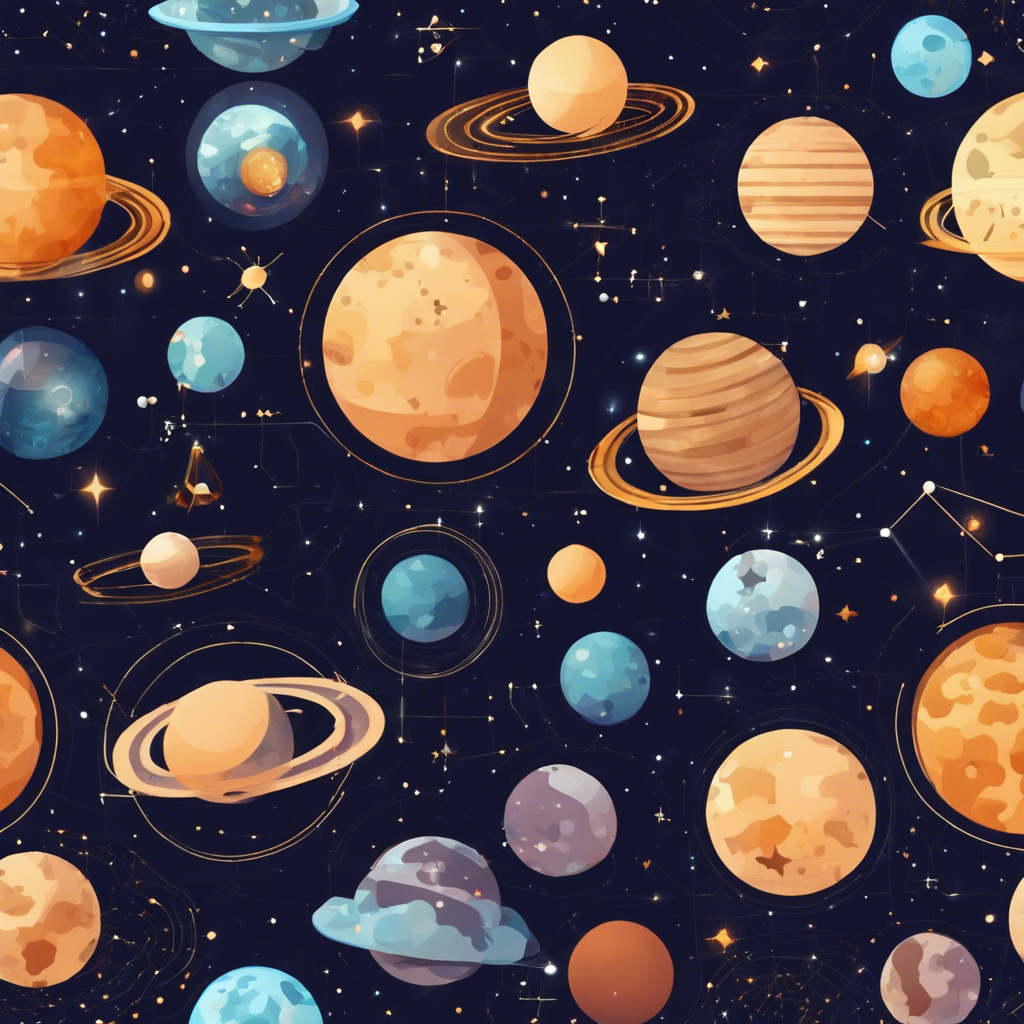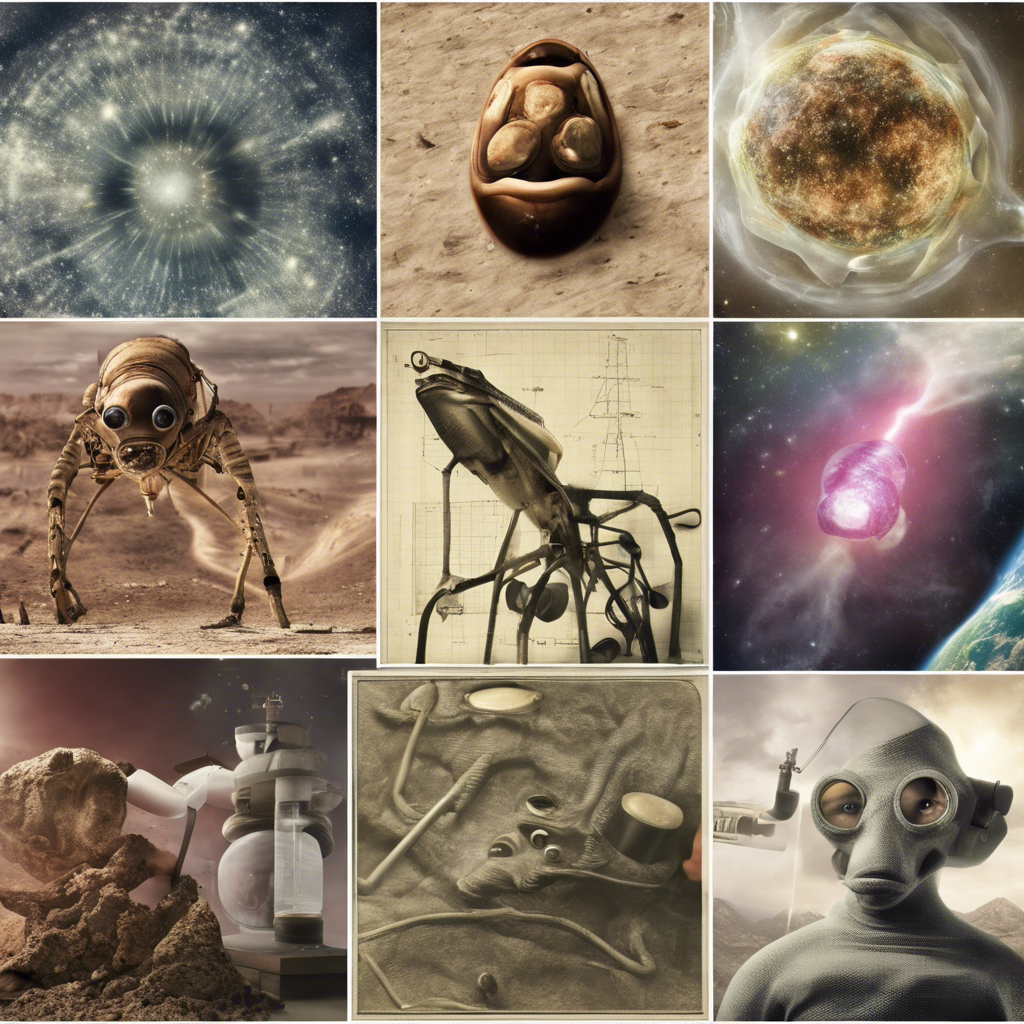Johns Hopkins University researchers develop innovative method to match objects across multiple astronomical surveys
In the vast expanse of the universe, countless celestial objects await discovery and exploration. However, the abundance of data collected by various astronomical surveys presents a challenge for scientists seeking to match objects across different surveys. To address this issue, a team of researchers from Johns Hopkins University has turned to data science to develop a groundbreaking method of matching astronomical objects. Their innovative approach promises to enhance our understanding of the cosmos and unlock new insights into the universe.
The Challenge of Matching Astronomical Objects
Matching astronomical objects is crucial for space scientists as each survey provides unique information, such as wavelength data, exposure times, and survey dates. Surveys like the Sloan Digital Sky Survey, the Hubble Source Catalog, the Fermi Gamma-ray Space Telescope, and the Evolutionary Map of the Universe detect a vast number of objects across various wavelengths and conditions. However, difficulties arise when researchers attempt to study objects that appear in multiple surveys. Distinguishing between objects and accurately matching them becomes a complex task, hampering scientific analysis.
Introducing the Data Science Solution
To address the challenge of matching astronomical objects, a team of researchers from Johns Hopkins University, comprising Jacob Feitelberg, Amitabh Basu, and Tamás Budavári, turned to data science. Leveraging techniques commonly used in the field, they developed a method to pair objects from multiple surveys, determining the likelihood that recorded objects are indeed the same celestial entity. By assigning a “score” to each pair of observations, the researchers could measure the probability that these observations corresponded to the same object. This scoring system enabled the pairing of objects across vast amounts of data, facilitating efficient and accurate matching. Remarkably, the team’s method even allowed for matching objects between 100 different catalogs.
Unleashing the Power of Matched Observations
The implications of this innovative approach extend far beyond the realm of data matching. Matched observations serve as the foundation for building theories about the universe, from the smallest particles to the vast cosmos. By accurately matching observations across time and telescopes, researchers can extract a wealth of knowledge from the same data, contributing to a deeper understanding of the cosmos. The ability to combine information from multiple surveys enables scientists to uncover hidden connections, identify patterns, and gain insights that would otherwise remain elusive.
Advancing Scientific Knowledge
The impact of the Johns Hopkins University team’s work extends beyond their own research. By making their code publicly available, they have opened the door for other scientists to utilize and build upon their method. This collaborative approach fosters further advancements in the field of astronomy and encourages the exploration of new frontiers. Researchers worldwide now have access to a powerful tool that can enhance their studies, accelerate discoveries, and push the boundaries of scientific knowledge.
Conclusion:
The advent of data science has revolutionized the field of astronomy, providing a solution to the challenge of matching astronomical objects across multiple surveys. The innovative method developed by the team at Johns Hopkins University enables scientists to pair objects efficiently and accurately, facilitating the extraction of valuable insights from vast amounts of data. By combining observations from different surveys, researchers can deepen their understanding of the universe and uncover hidden connections. The availability of the team’s code further promotes collaboration and propels scientific progress. As we continue to explore the mysteries of the cosmos, this groundbreaking approach will undoubtedly play a pivotal role in expanding our knowledge of the universe.











